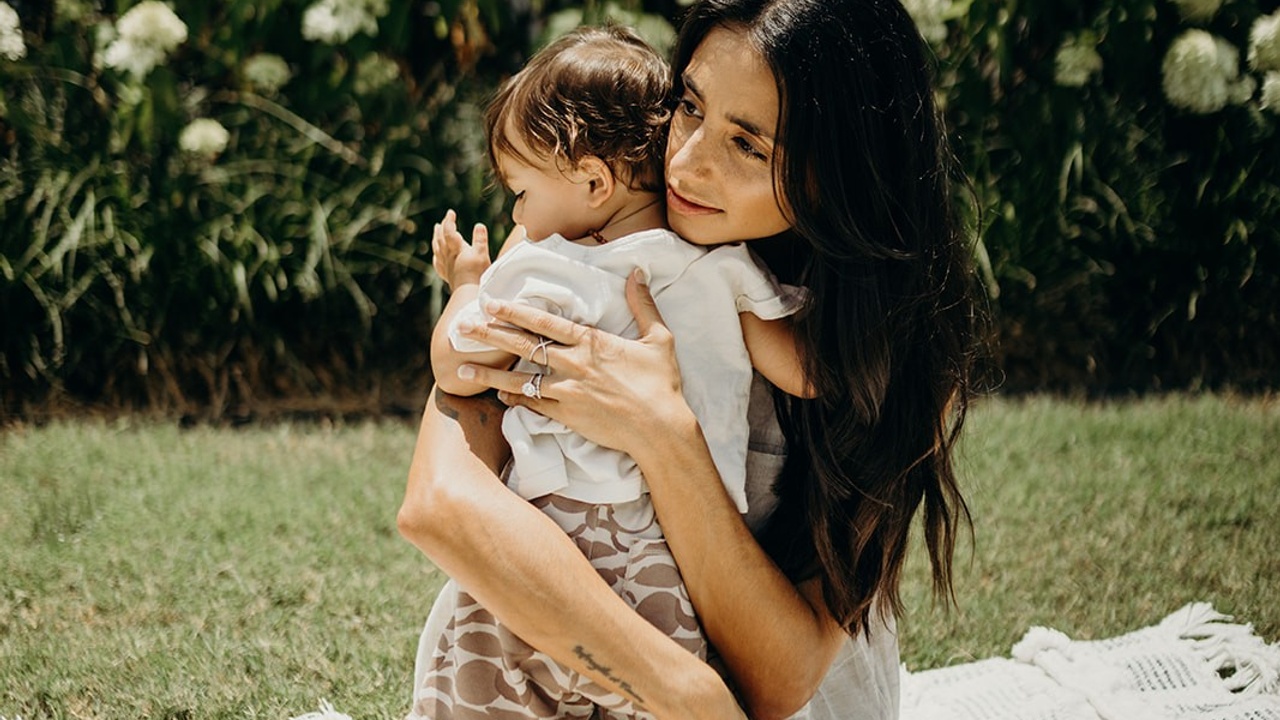How to Identify and Heal Childhood Trauma
Oct 28, 2021
Childhood trauma. What is it? How do we identify it in our lives?
Also known as Developmental Trauma, childhood trauma is any event or series of events that felt like too much, too little, or too fast.
What is childhood trauma?
As infants and children, we depend on our caregivers for safety, connecton, predictability and survival. When these basic emotional or physical needs aren’t met, our development can become hindered, especially within the brain. The brain develops from the bottom up, starting first with our reptilian brain (in charge of our survival responses) and then the limbic brain (in charge of our emotional stress responses). The upper parts of the brain (responsible for executive function, understanding, and cognition) develop last. Yet, when infants or toddlers experience chronic periods of neglect, abuse, threat, or stress--the lower survival and emotional response centers of the brain take over, and upper brain development is interrupted.
Developmental trauma can manifest in a variety of ways — attachment disorders, sensory processing disorders, ADHD, bi-polar, personality disorders, PTSD, cognitive impairment, speech delay, learning disabilities, and more.
How to identify childhood trauma
So, how does this basic information translate into our everyday experiences?
First, each of us has a variety of inner child parts, spread against the backdrop of different ages, experiences, feelings and pain. Wounds, neglect, abuse, grief—what we experience in childhood often gets unprocessed, and the inner child which desperately needs compassion and healing gets locked away and inaccessible for healing.
The product of those inner child wounds can be displayed when we feel ourselves reacting to stressful situations in “childlike” ways. Perhaps at a family get together, mom raises her voice, and before you know it you’re back to feeling like you’re 7 years old again, cowering in the corner. Maybe our partner doesn’t agree with us, and we soon find ourselves throwing a temper tantrum. Or perhaps we consistently take on the role of helper, giver, caretaker for others and not ourselves--as we learned in childhood that anticipating others needs was more important than our own. The mission of inner child work is to allow the Younger You to be finally seen and heard.
It first takes compassionately acknowledging these traumatized parts, then providing your Younger You with the affection, empathy, understanding and safety you lacked all those years ago.
Still not sure if you’ve experienced childhood trauma? First, know that trauma is relative. I.e. what feels like trauma to you, might not feel “traumatic” to someone else, and vice versa. But that in no way makes it less valid.
Here are 10 common stories that survivors of unhealed childhood trauma tell themselves:
- I have to over-perform to receive love
- Their needs are more important
- It’s not safe for me to be my true self
- I need approval from others
- I'm a burden
- I can’t rely on anyone
- Nobody will ever love me
- Relationships aren’t safe
- Their boundaries are more important
- It’s not safe to say no
If this feels familiar, please know it’s never too late to give yourself the childhood you deserve. You CAN heal, and I’d love to support you in that journey! Here’s what you can expect:
Here are 10 symptoms of healing your inner child:
- Living in the present moment, instead of the past
- Safety with yourself, others, and in the world
- Regulating emotions, and expressing them more freely
- Setting healthy boundaries
- Relationships become a place for safety and connection, not a space to recreate trauma
- No longer abandoning yourself to gain approval or belonging
- Feeling safe to be authentically seen and heard
- Striving for moments of creativity, curiosity, play and stillness
- Recognizing that your early relationships with your caregivers influence your present relationships
- Integrating your inner child into adulthood, so that they can now be seen, heard, and loved
Are you ready to start your healing today? Find out opportunities to work with me in the Healing Hub through private coaching or group coaching. I can’t wait to support you in this space.
Disclaimer: This information has been gathered through the research and experience Brittany Piper has conducted independently through her coaching and speaking programs. It is not meant to replace professional medical advice and should be used for informational and awareness purposes only.
Apply today for the Body-First Healing Program!
Stay connected with news and updates!
Join our mailing list to receive a FREE nervous system guide & get nervous system and trauma recovery tips and tools straight to your inbox. Don't worry, your information will not be shared.
We hate SPAM. We will never sell your information, for any reason.
